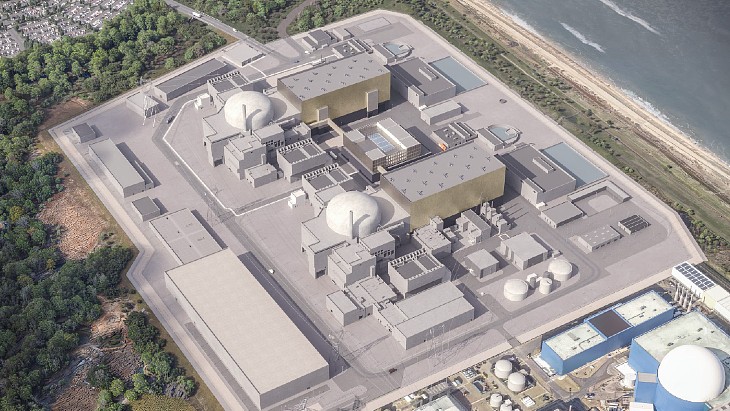The clean-up of spilled slurry material at the Ranger uranium mine has been completed, Energy Resources of Australia (ERA) reported. A damaged rubber liner has been identified as the cause of last year's leaching tank rupture.
.jpg) |
| The failed tank, number 1, has now been dismantled at Ranger (Image: ERA) |
One of several leaching tanks at Ranger ruptured on 7 December releasing a mixture of slurry containing mud, water, ore and acid. The plant's containment systems - including barriers and channelling - kept all the slurry mixture within the mine's processing area. Processing operations at the mine have remained offline since the incident.
ERA - majority owned by Rio Tinto - has announced that it has completed dismantling and removal of the failed tank and its associated infrastructure from Ranger's processing area. The sections of the tank will be stored on site for inspection. The clean-up of slurry material in the area around the failed tank has also been completed.
While an investigation into the incident by a government-appointed taskforce continues, ERA has concluded its own investigation. The company said that the tank's rubber lining had been damaged by a partially failed baffle inside the tank. The baffle is a plate that stirs the slurry mixture. Modifications made to the tank in 2009 were the likely cause of this baffle failure. The damaged lining allowed acidic slurry mixture corrode the tank's steel wall, leading to its failure.
The remaining six leach tanks at Ranger have been emptied and inspected. Metal fatigue was found on the baffle support in one of these and, as a precaution, ERA will redesign and replace the baffle supports in all of them.
ERA's investigation highlighted seven critical actions that must be taken before processing operations are restarted. These relate to inspections and thickness testing of the leach tanks and other processing plant tanks. The company noted that restart remains subject to approval by Australia's industry minister and Northern Territory's department of mines and energy.
ERA said that it built a large inventory of uranium oxide in 2013 and has sufficient to meet sales commitments during the first half of 2014. It is "evaluating a range of alternatives" to meet its commitments in the second half of the year. The company said the full financial and production impact of the tank failure will depend on a range of factors, including when it is authorised to restart processing operations.
A similar tank failure occurred on 3 December at the Rössing mine in Namibia, in which Rio Tinto also holds a majority stake. A preliminary investigation concluded that failure was due to localised external corrosion. Processing operation at Rössing have resumed following the removal of the failed tank and checks on the eleven others.
Neither the Ranger or Rössing incident resulted in any injuries nor was there any environmental impact to the surrounding areas.
Researched and written
by World Nuclear News




_55530.jpg)
_42372.jpg)
_37521_70699.jpg)

_76087_55556.jpg)




